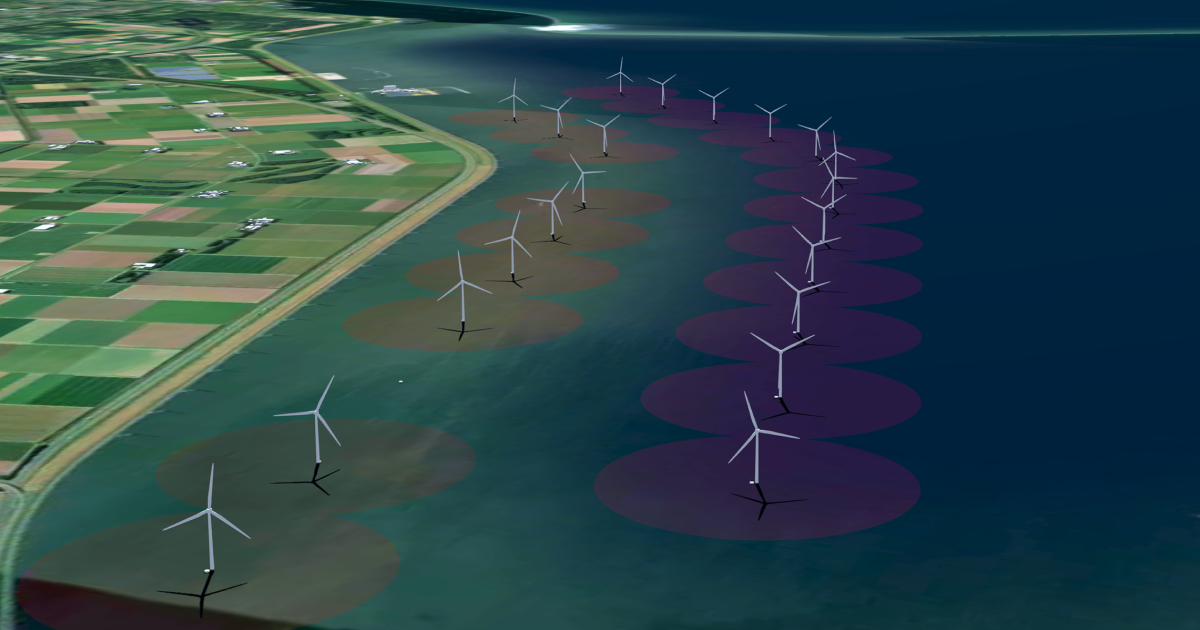
Wind energy is moving faster than ever, but most developers still face the same blockers:
What it is:
A long-established desktop platform covering everything from site assessment to environmental analysis, structured in optional modules.
Pros
Cons
Best for:
Engineering consultants and developers who need bankable, report-ready analysis and have experienced in-house experts.
Pain-point fit:
Reduces some fragmentation if standardised, but reinforces bottlenecks since expertise stays centralised.
What it is:
A cloud platform built for quick offshore site screening, logistics planning, and high-level optimisation.
Pros
Cons
Best for:
Developers and investors shortlisting potential offshore sites.
Pain-point fit:
Great for speed and iteration, reducing reliance on expert-driven studies early on.
What it is:
A browser tool that delivers fast energy yield analysis and quick layout iteration at near-bankable accuracy.
Pros
Cons
Best for:
Teams that need quick feasibility checks and portfolio-level comparisons.
Pain-point fit:
Removes expert bottlenecks by enabling self-service scenario testing.
What it is:
A desktop application built on DNV’s rigorous, industry-accepted methodology.
Pros
Cons
Best for:
Large developers and consultants producing bankable yield reports.
Pain-point fit:
Mitigates risk through validation but doesn’t address workflow speed or accessibility.
What it is:
A layout and optimisation tool tied to UL’s Windnavigator datasets.
Pros
Cons
Best for:
Engineering teams optimising layouts with rich spatial data.
Pain-point fit:
Speeds up iterations on layout but still relies on expert oversight.
What it is:
A cloud-native, AI-driven platform for both onshore and offshore wind planning and design. Integrates site data, optimisation algorithms, layout design, and financial modelling in a single intuitive interface.
Pros
Cons
Best for:
Wind developers who want to design, analyse, and collaborate faster across technical and commercial teams.
Pain-point fit:
Solves all three: removes expert bottlenecks, enables instant iterations, and unifies fragmented workflows into one shared source of truth.
Mature, validated assessment: WindFarmer / windPRO
Early offshore site screening: Youwind
Rapid layout “what-ifs”: Boxkite
Layout optimisation with GIS: OpenWind
Unified, AI-driven collaboration: Vind AI
Legacy tools built for specialists helped wind get where it is today. But to meet net-zero timelines, the industry needs to design smarter and faster.
Vind AI brings the power of AI, data integration, and intuitive design together — helping developers cut time, risk, and cost while raising project quality.
Reach out to us or request a demo to try out Vind AI for yourself!
Please reach out if you are interested in seeing a demo, asking a question or sharing feedback.